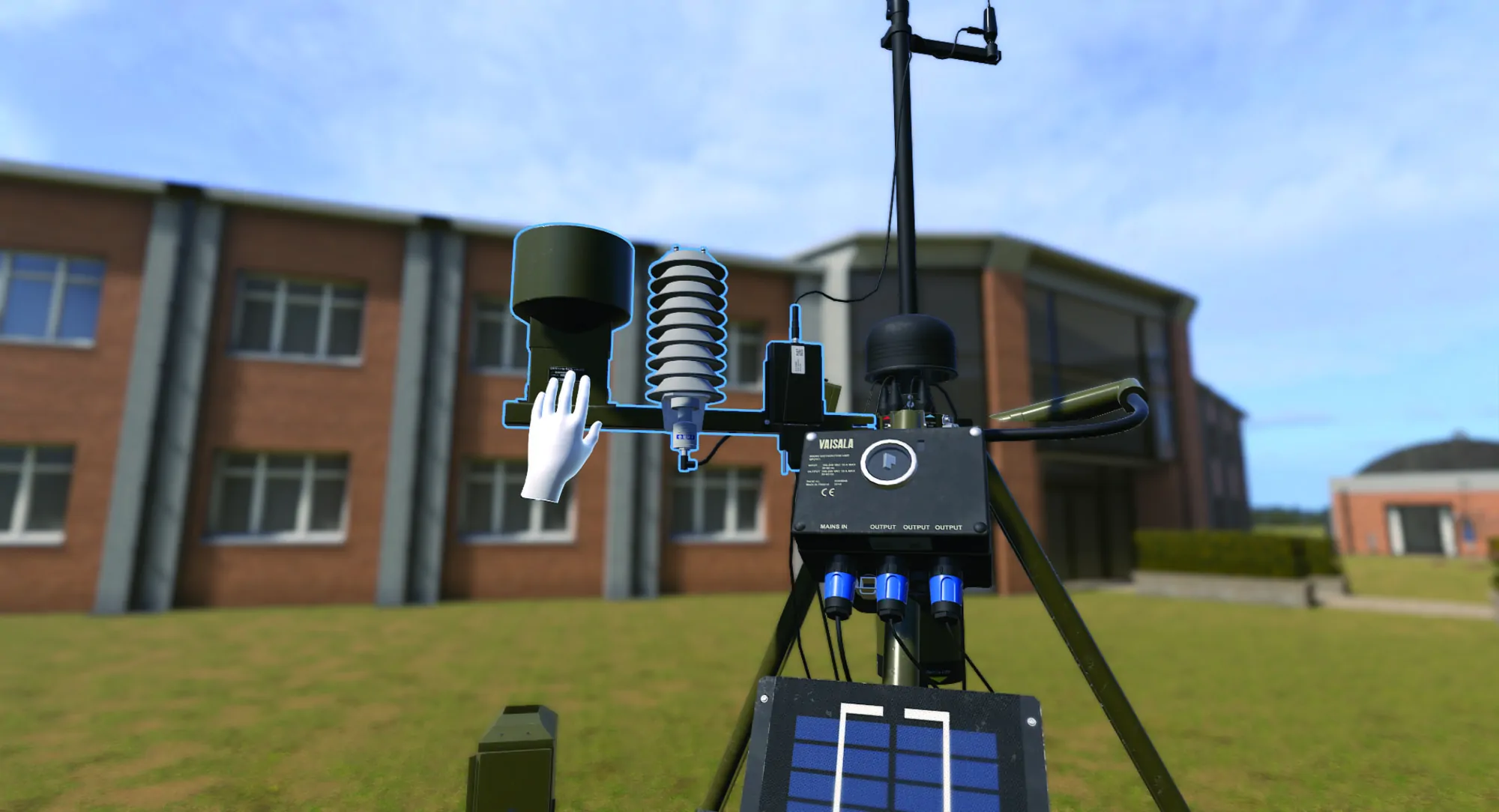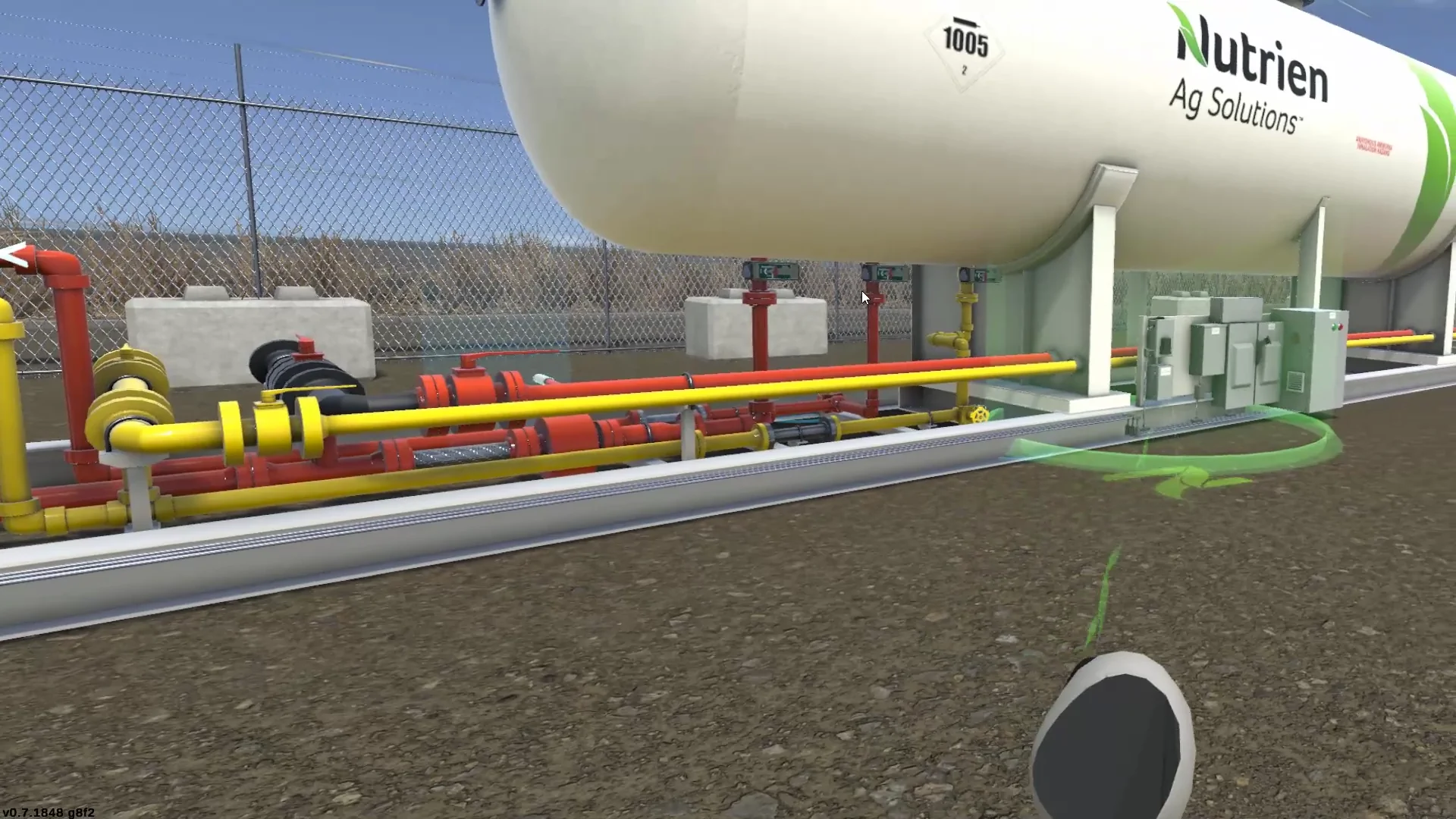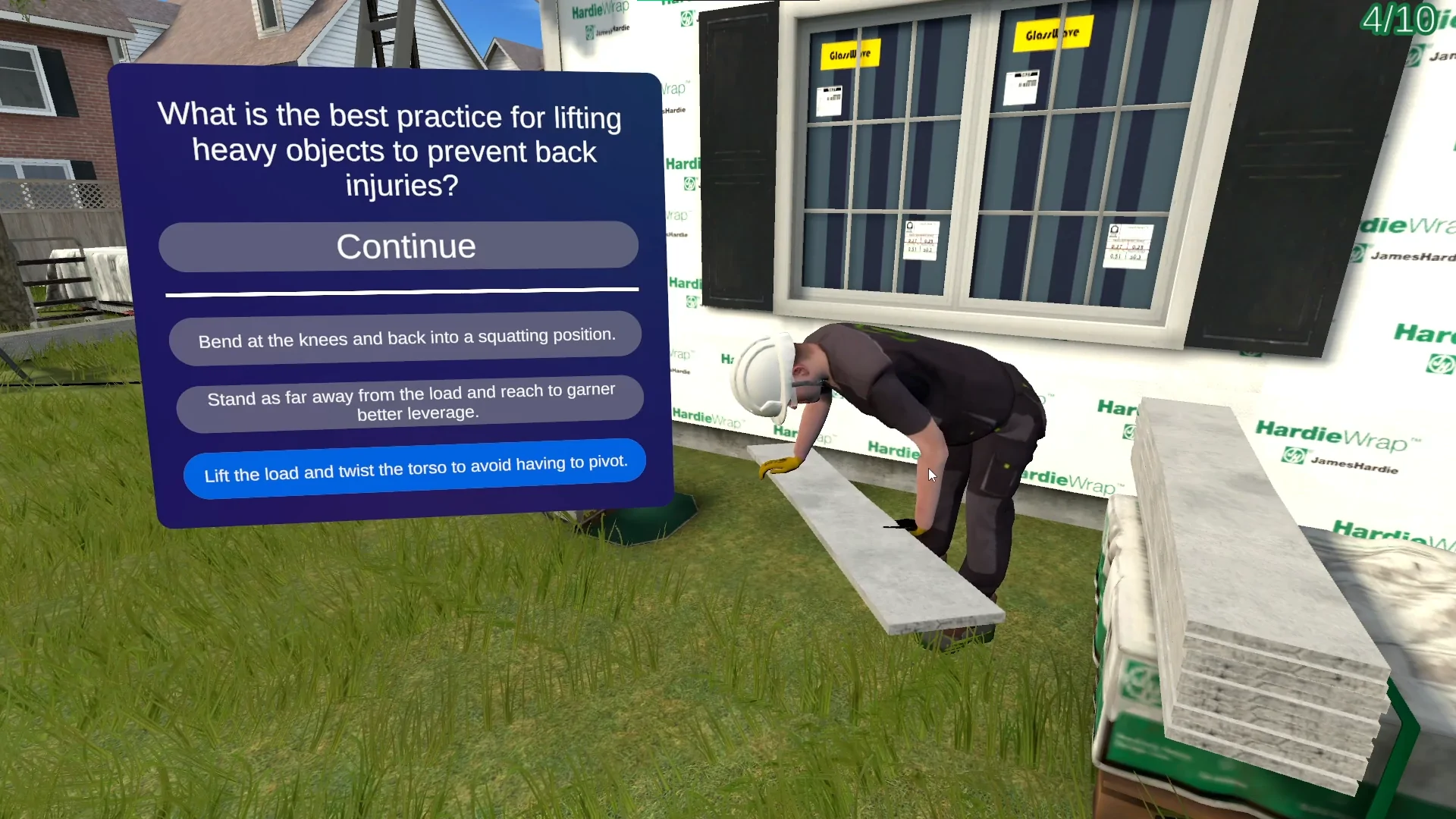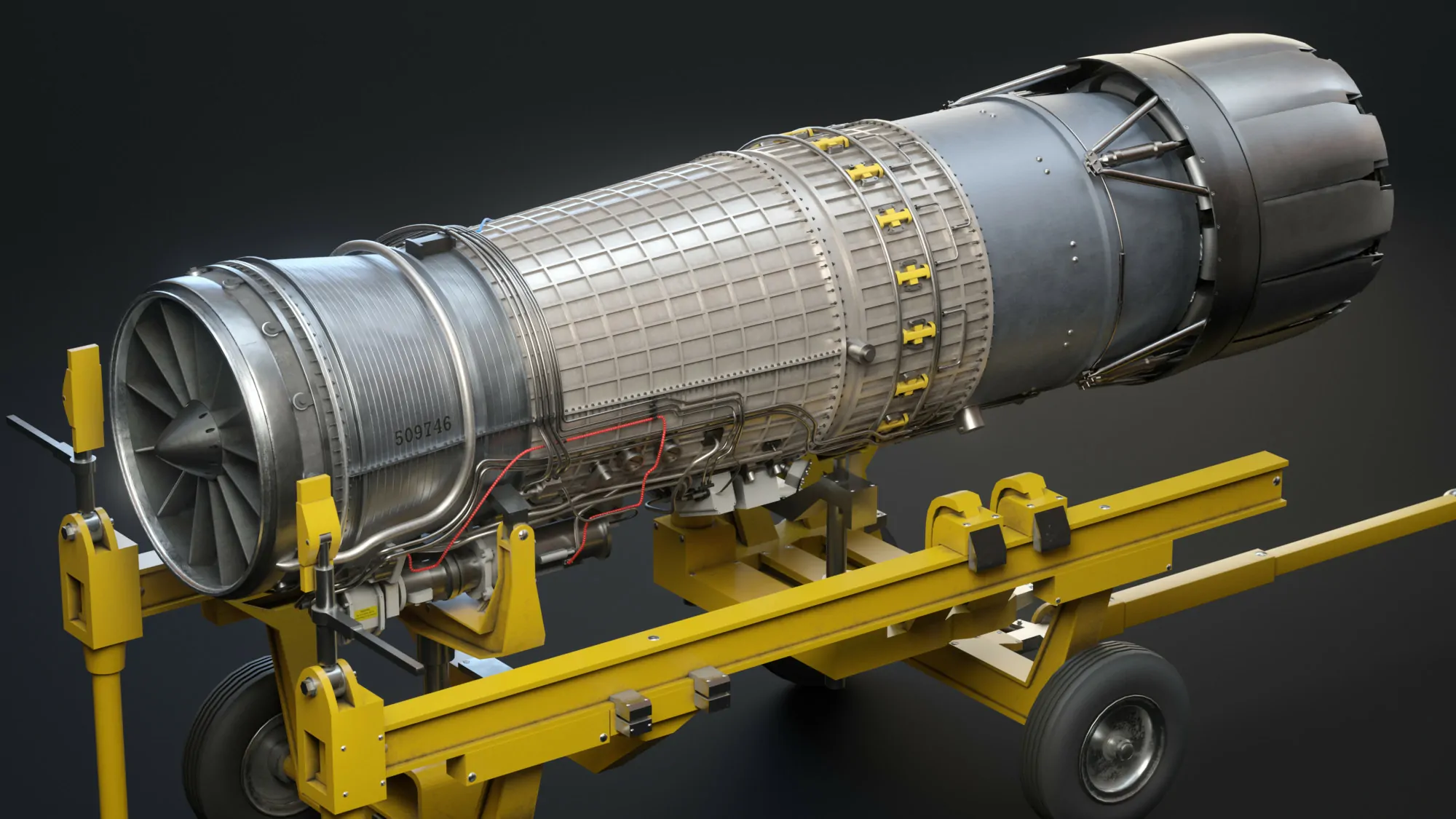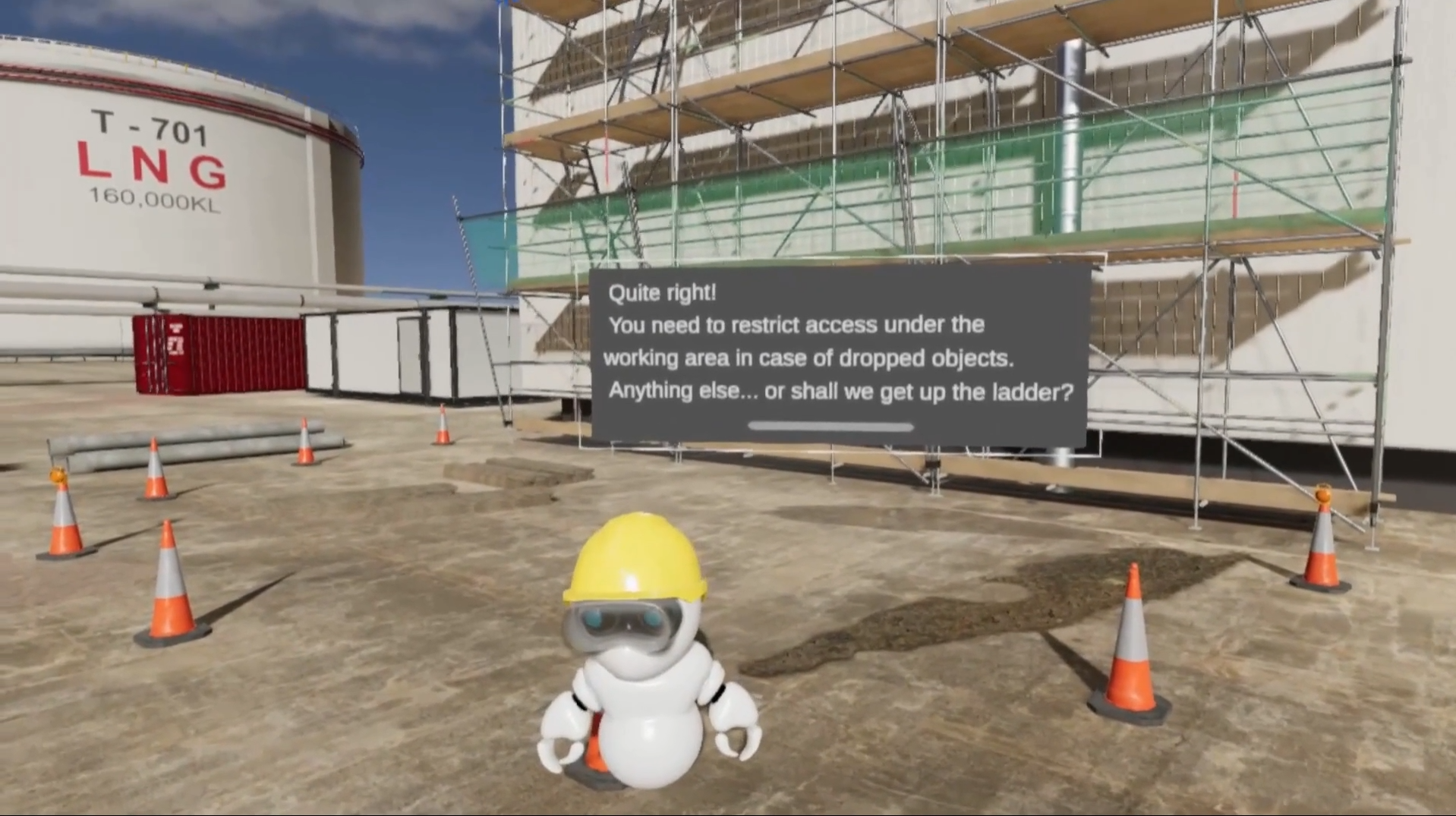2. Savings on Travel and Logistics
In traditional training programs, especially for multi-location or remote teams, training costs can quickly add up due to travel, lodging, and logistics. By utilizing VR training, businesses can save on training costs by eliminating the need for in-person sessions. Employees can train from anywhere, experiencing the same interactive VR training benefits without additional travel costs. For businesses with widely distributed teams, this translates to significant savings on travel, accommodations, and logistics.
VR training also offers convenience and flexibility for both trainers and employees, who can complete modules at their own pace from their home location. For organizations with global teams, VR training is an effective way to ensure consistent, high-quality training across all locations, contributing to further cost savings and greater operational efficiency.

